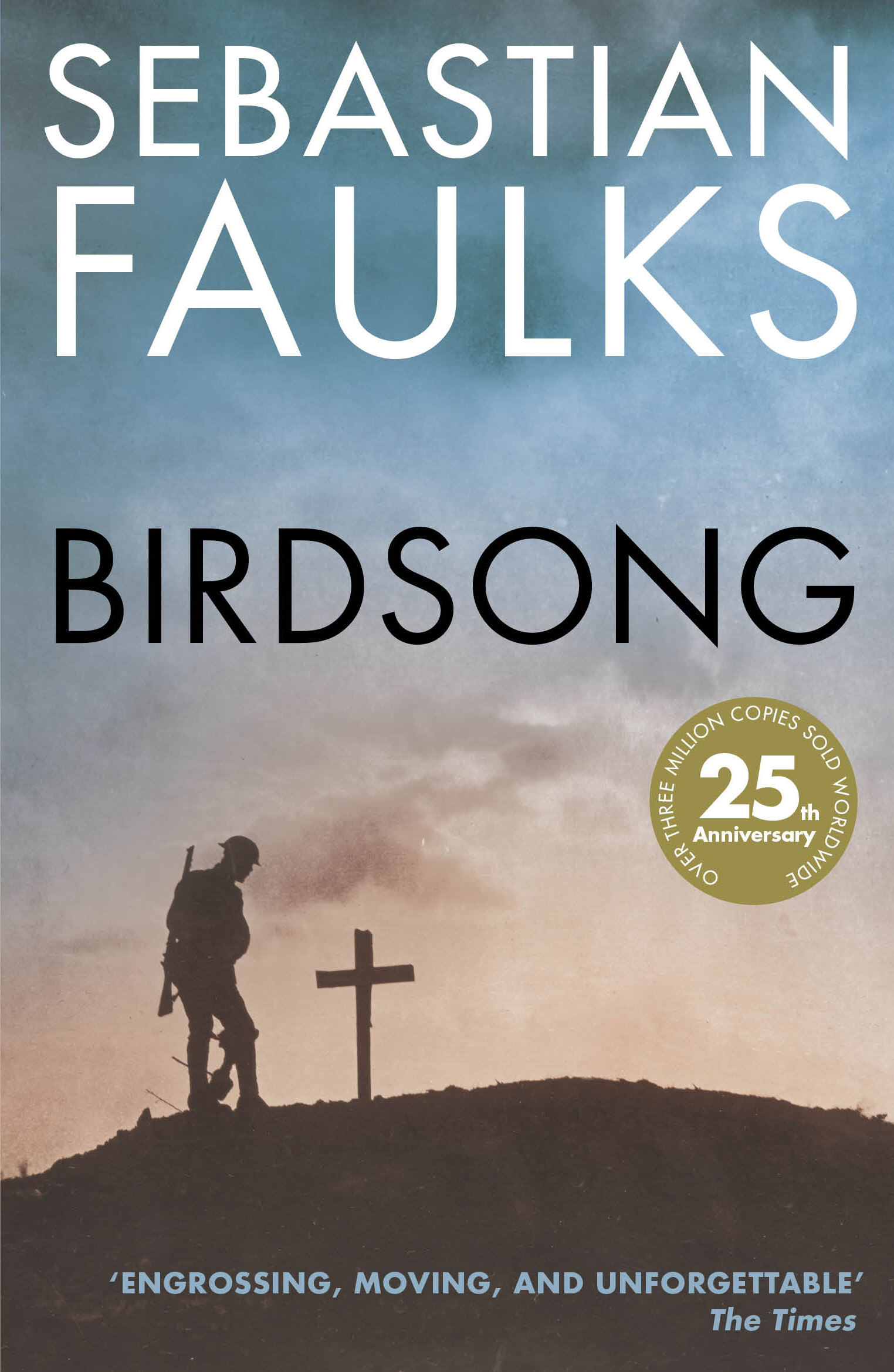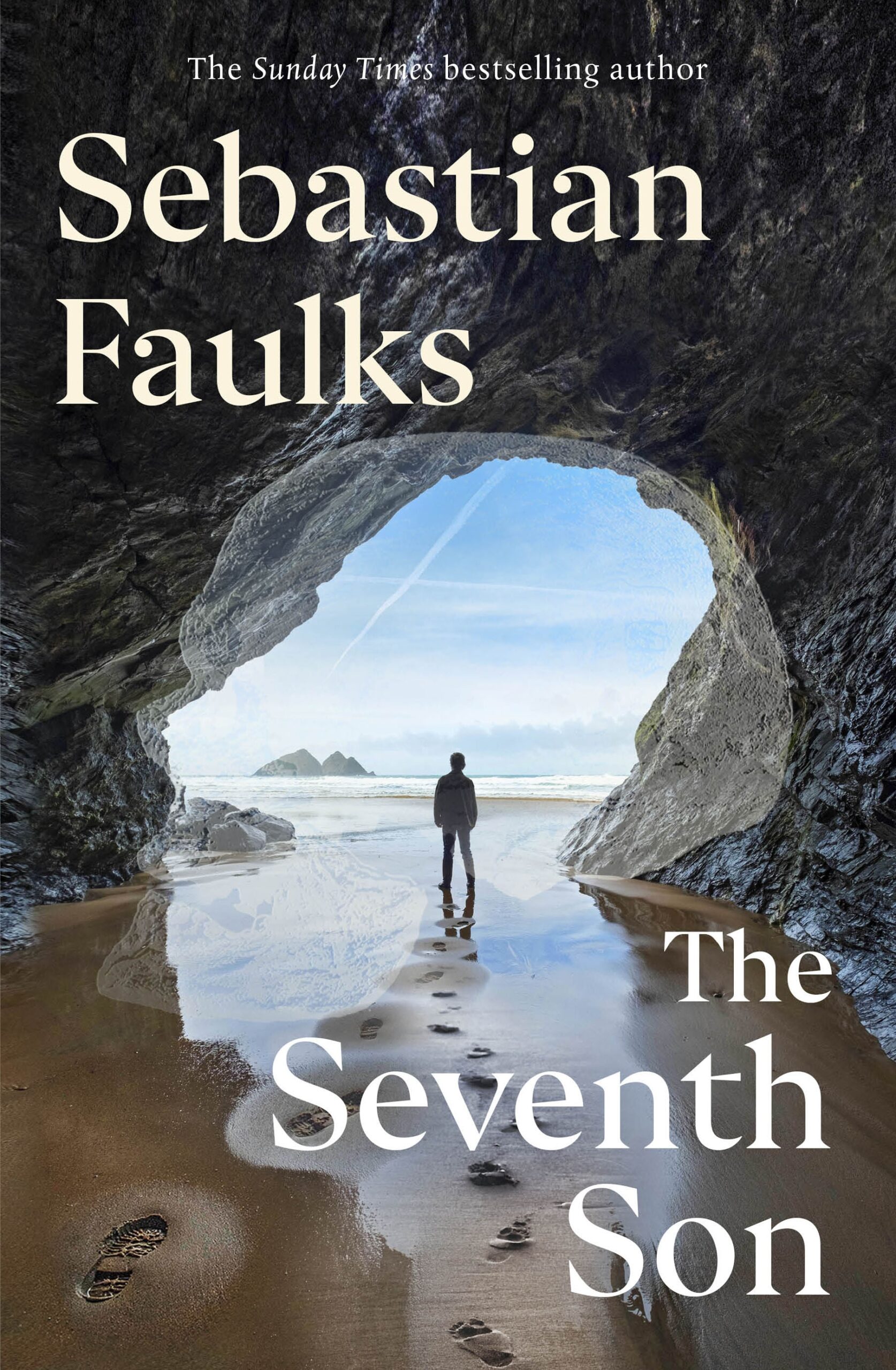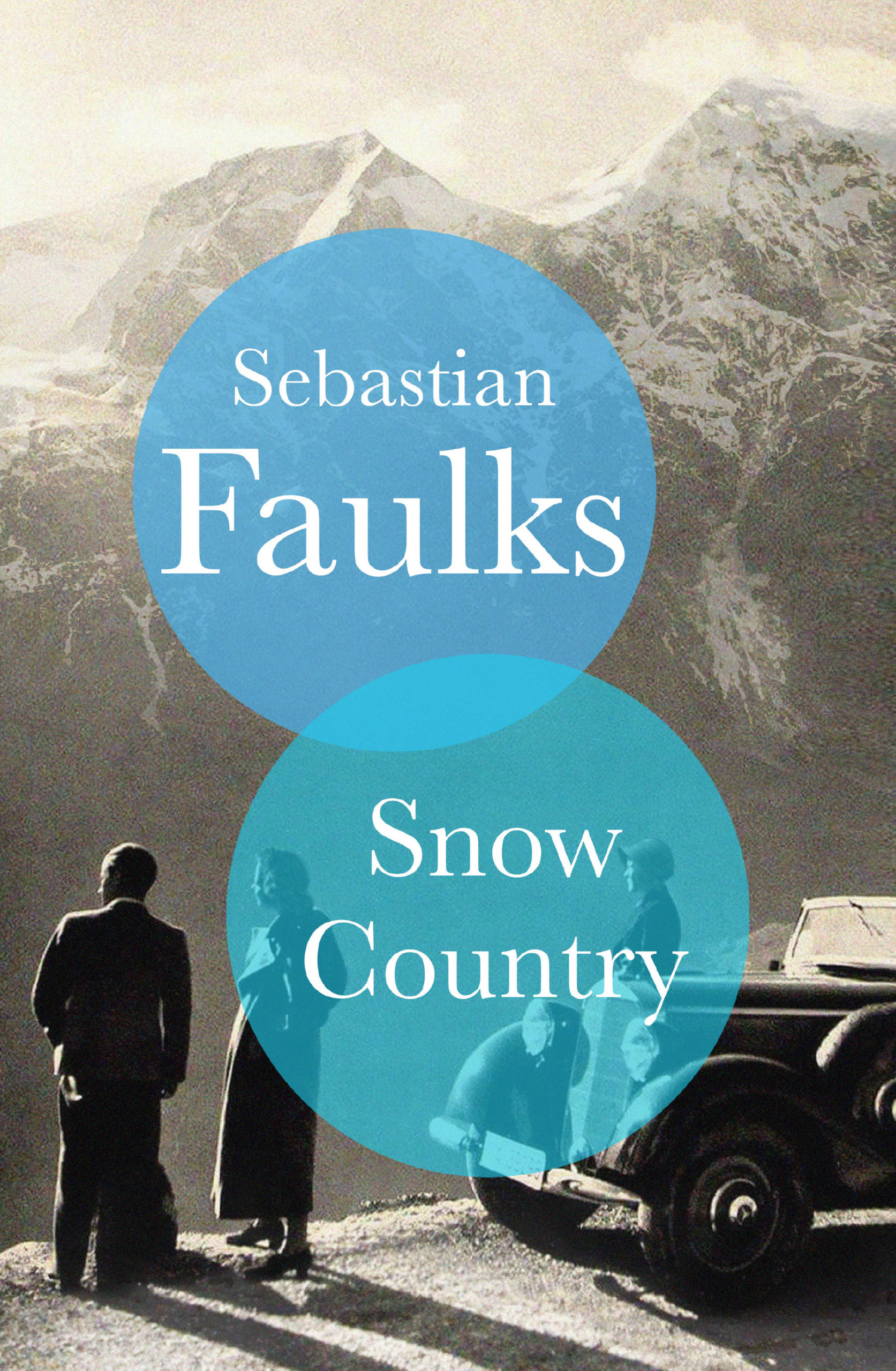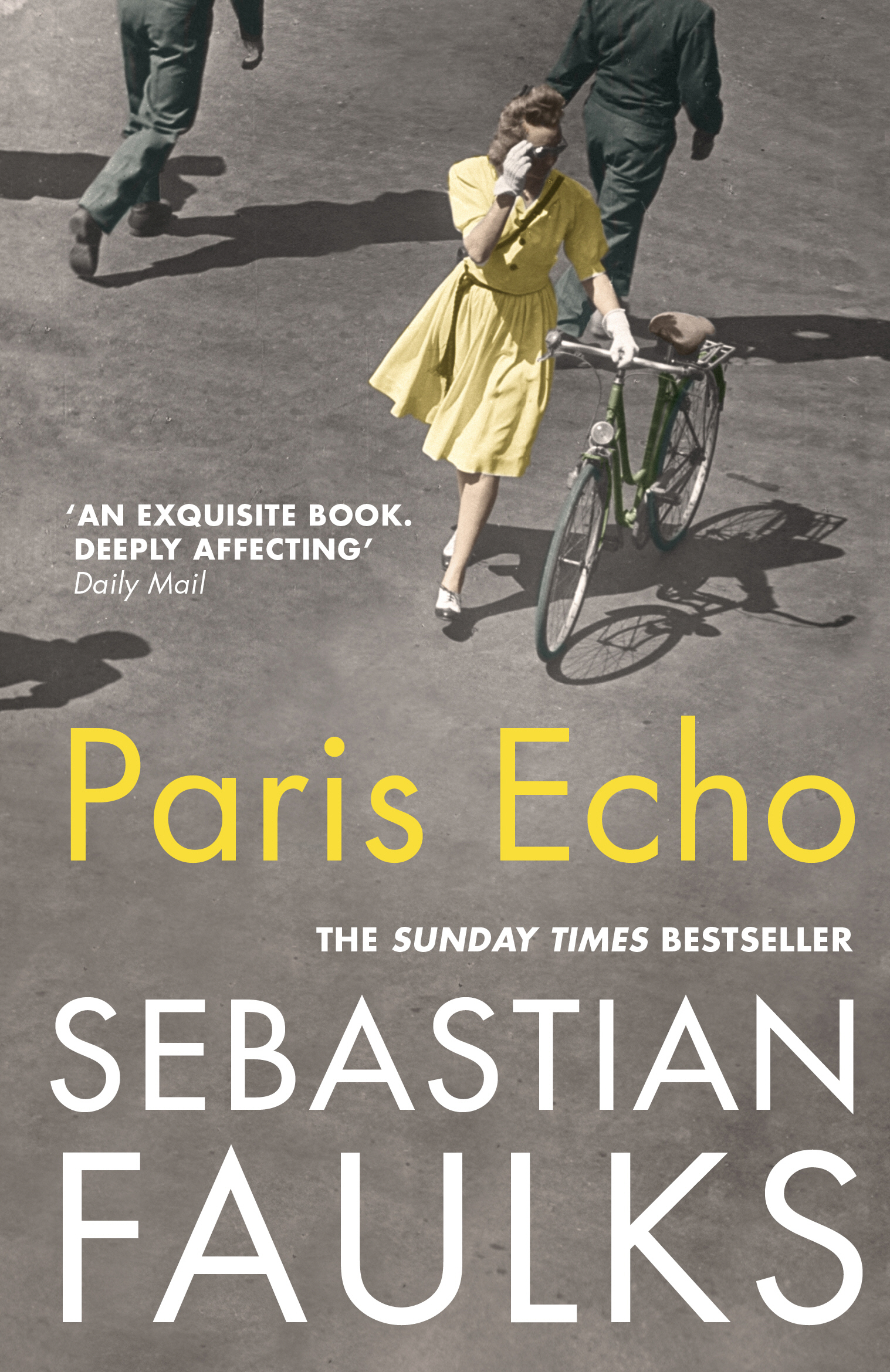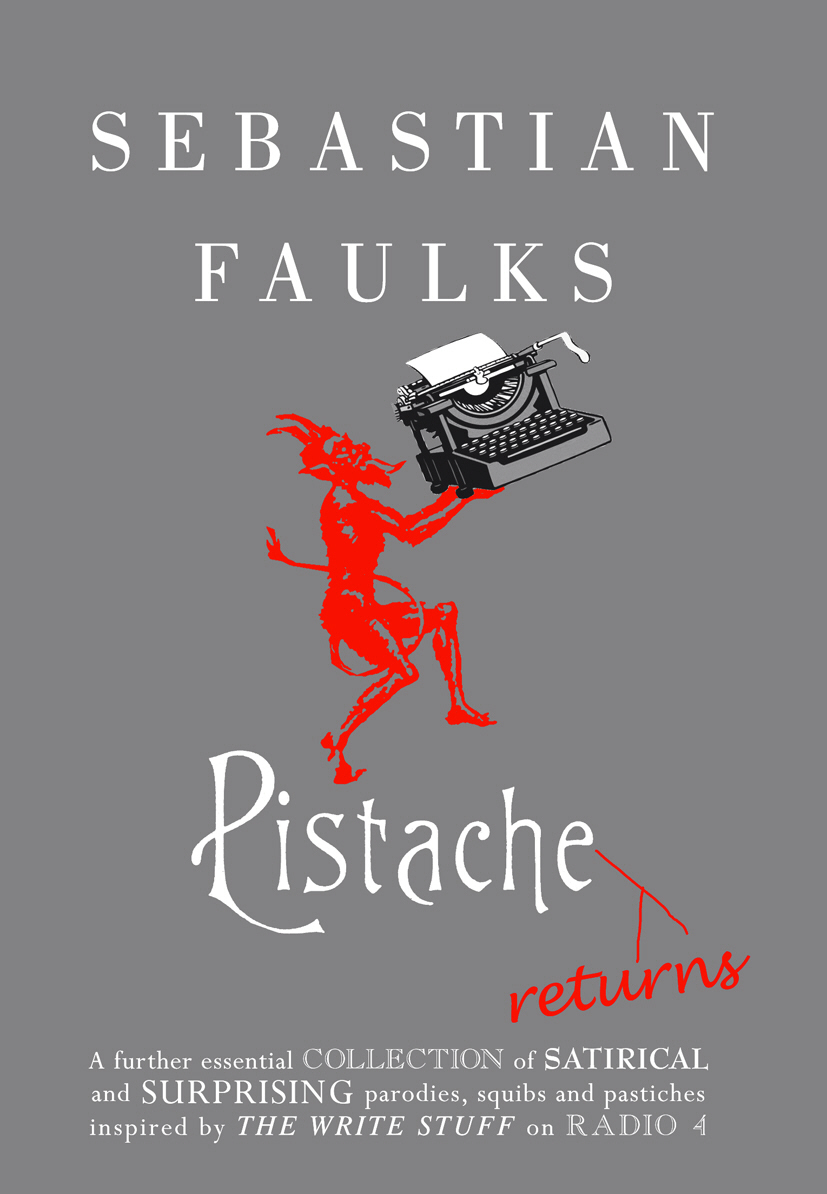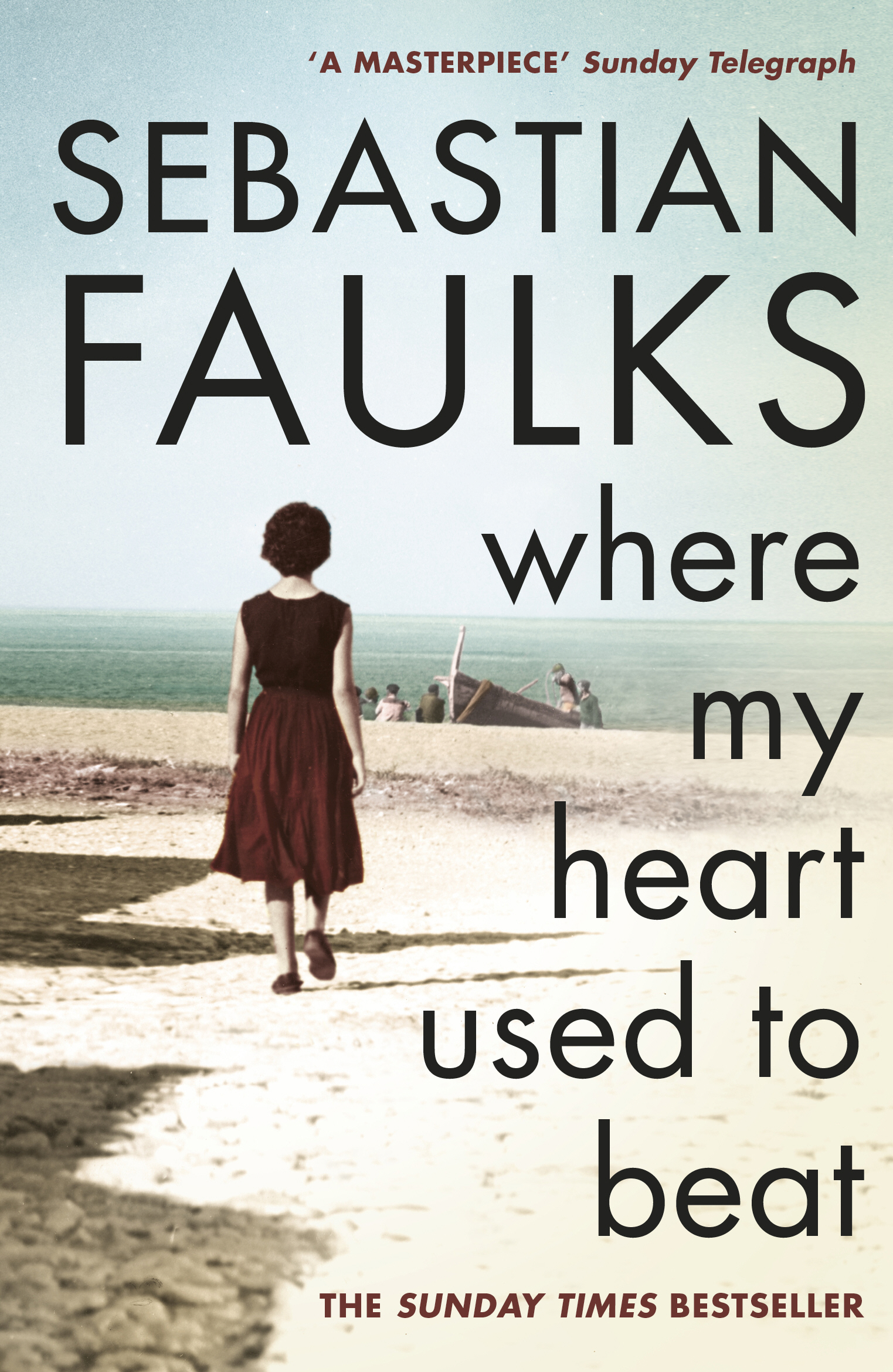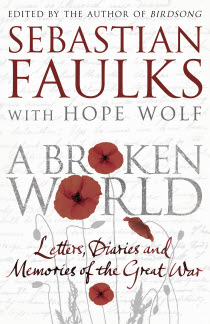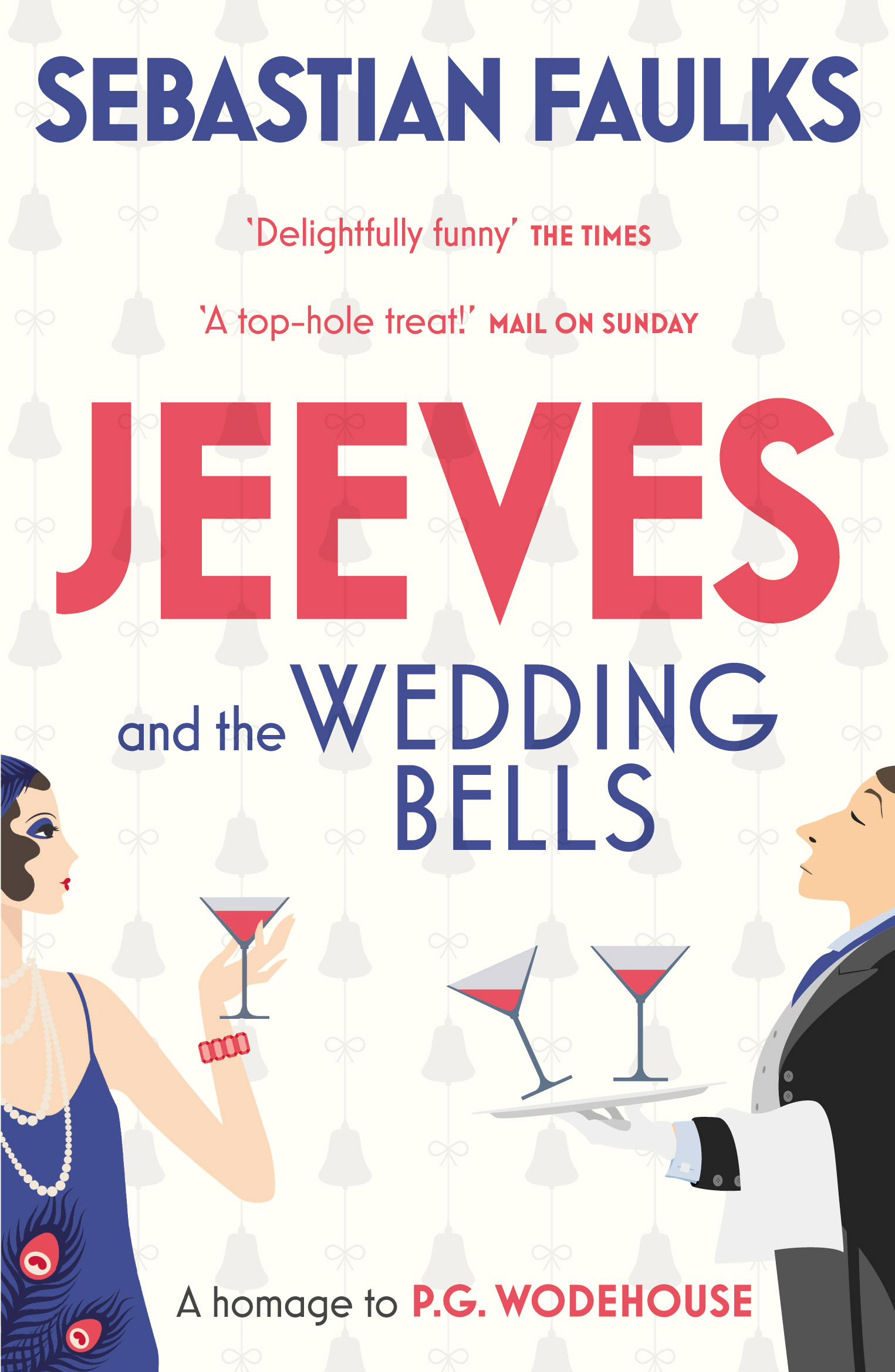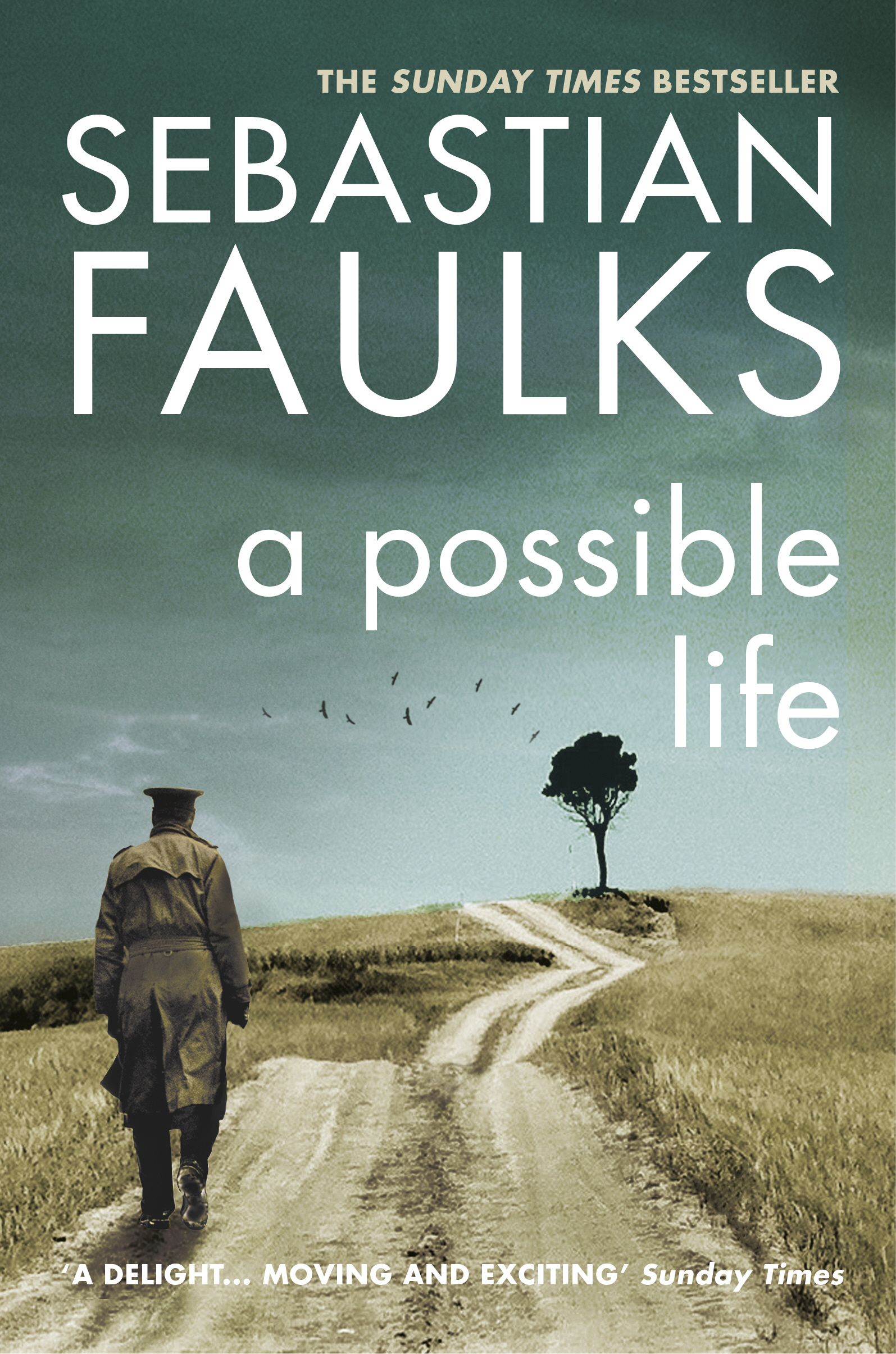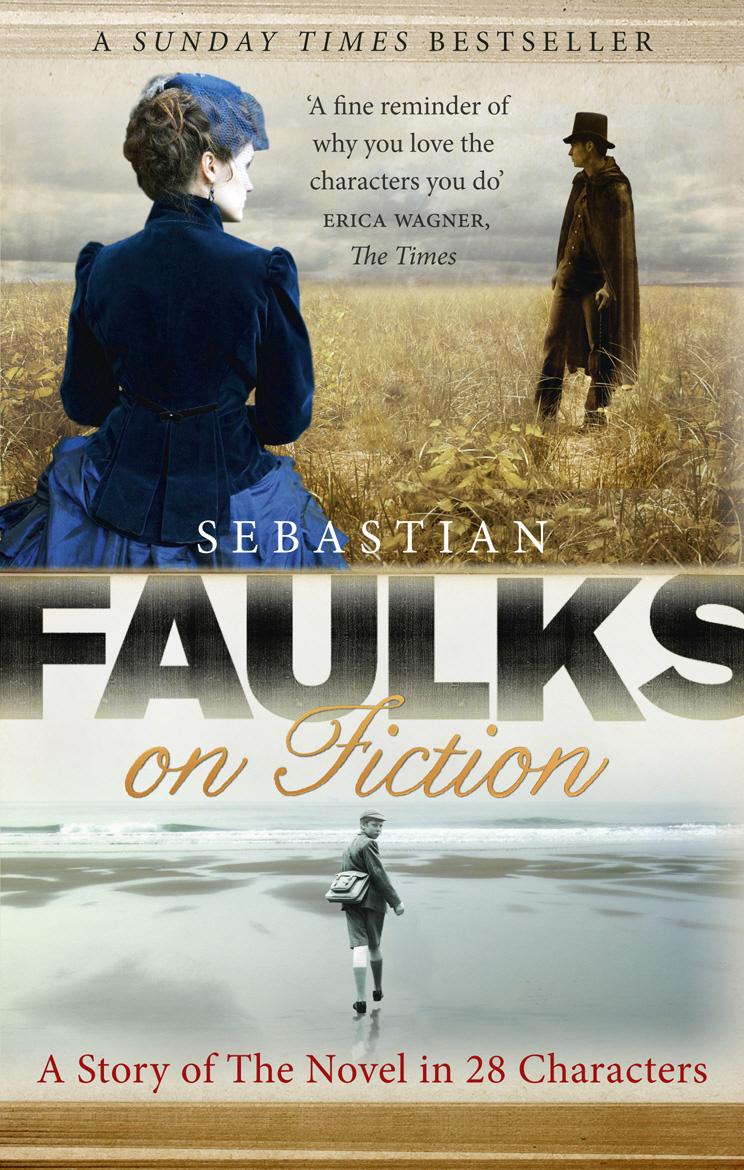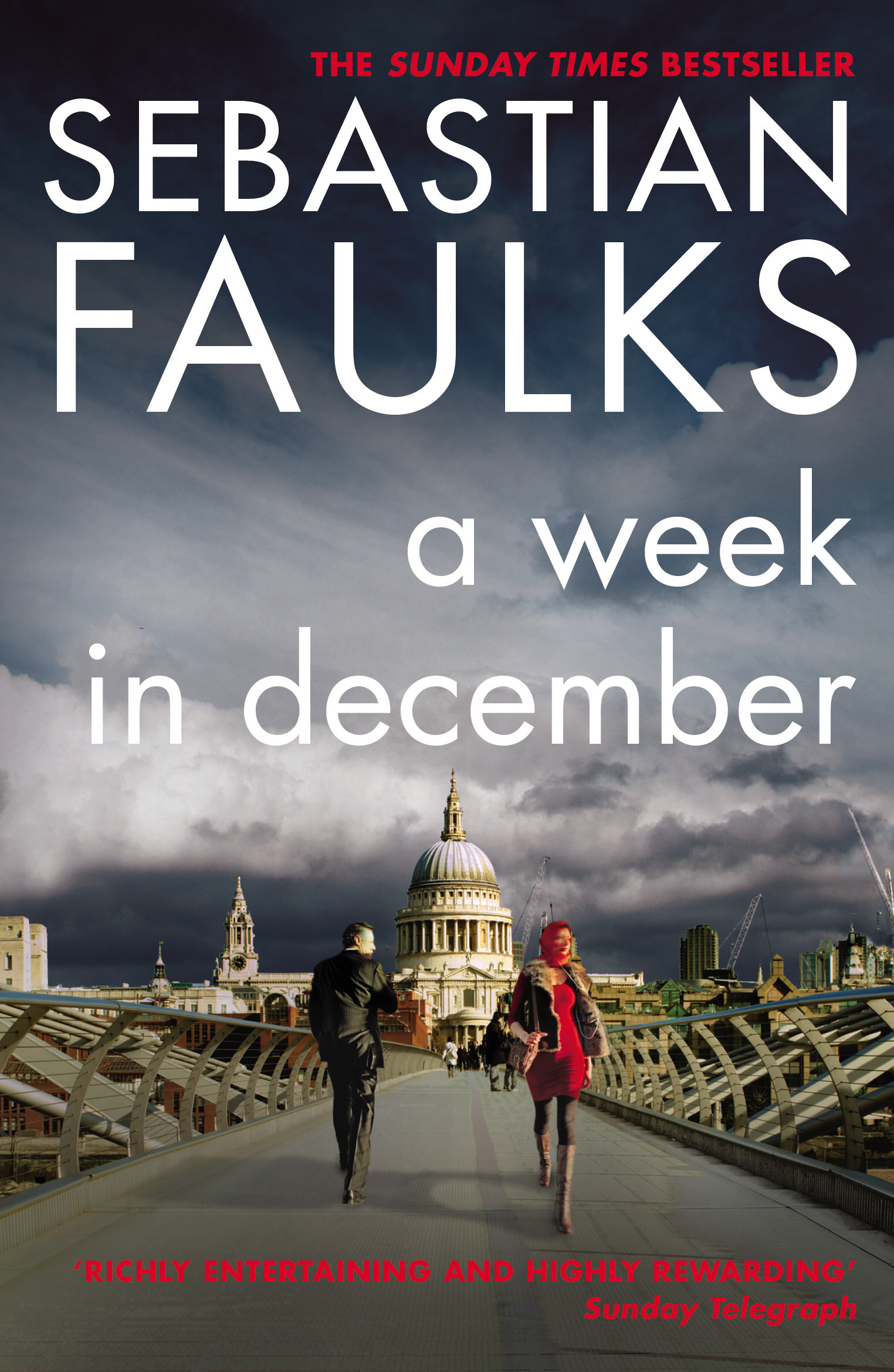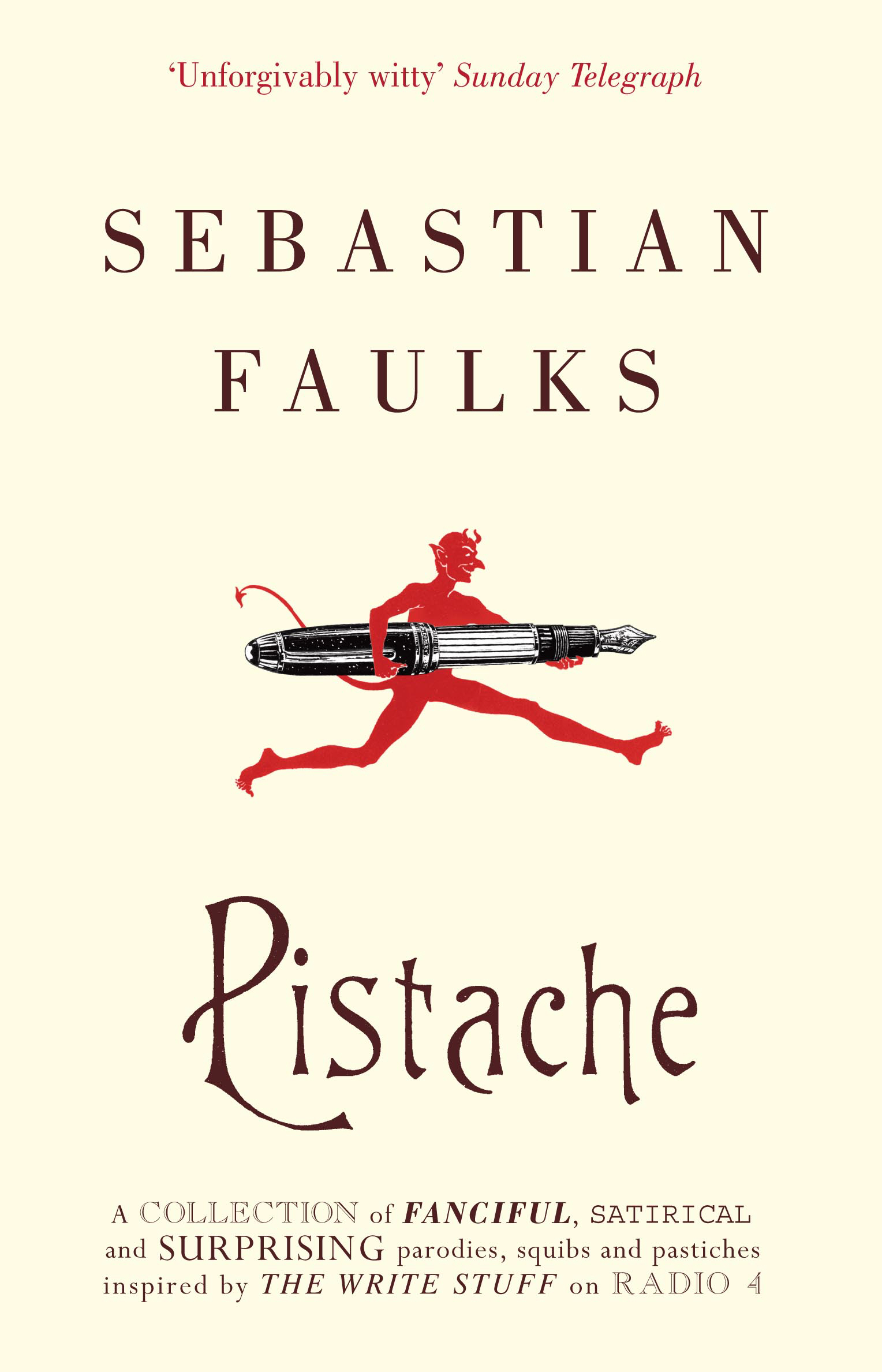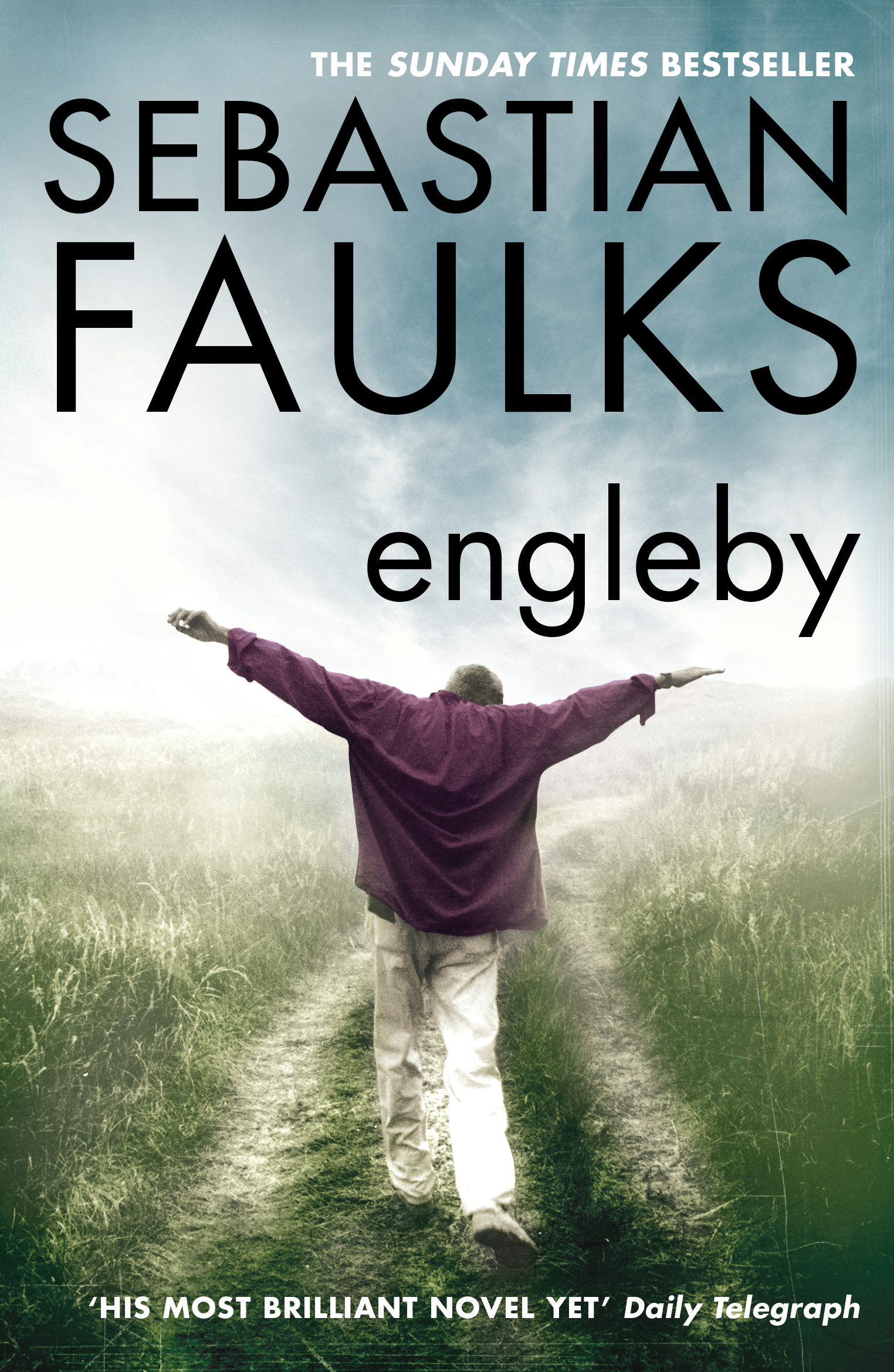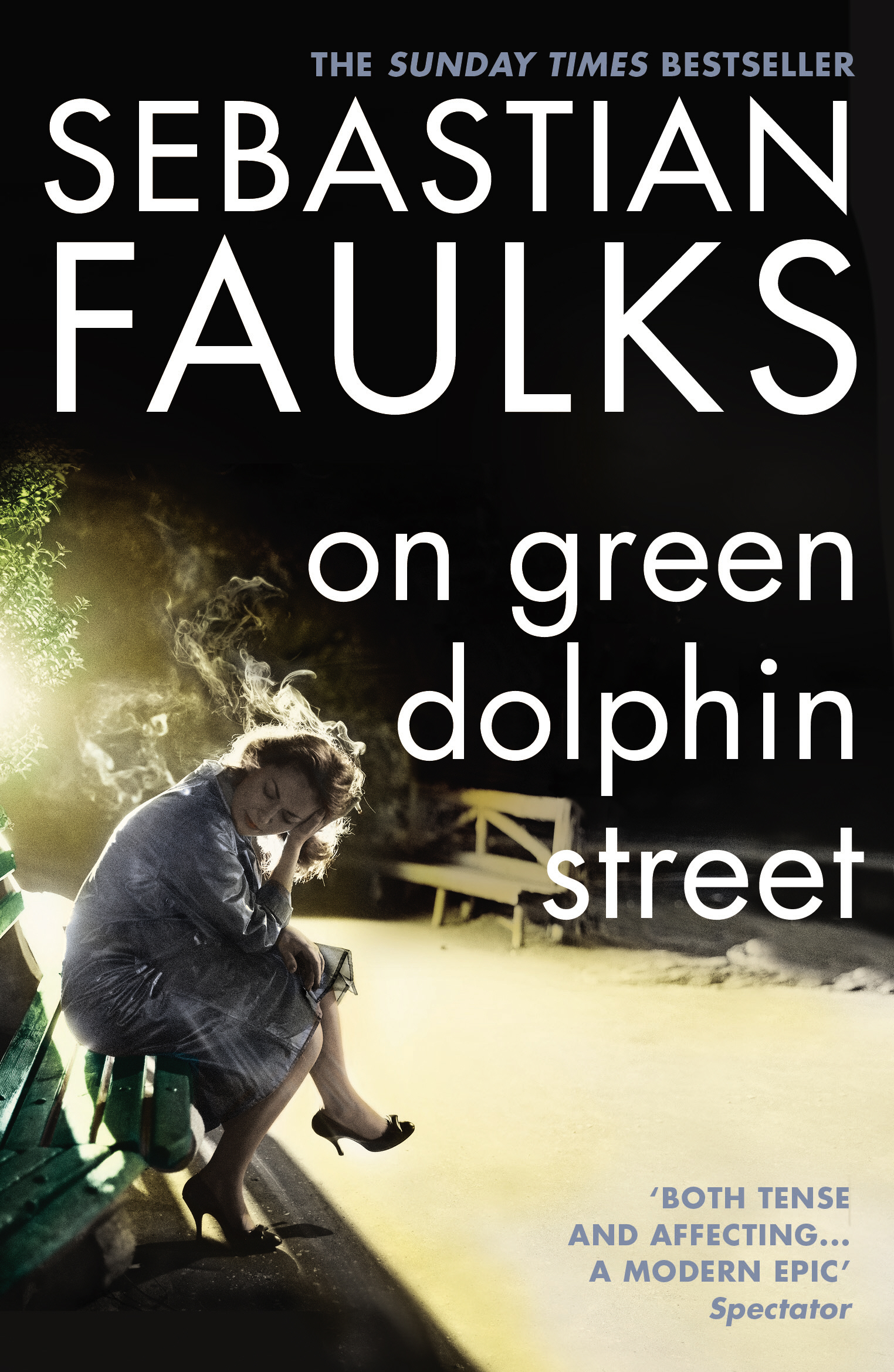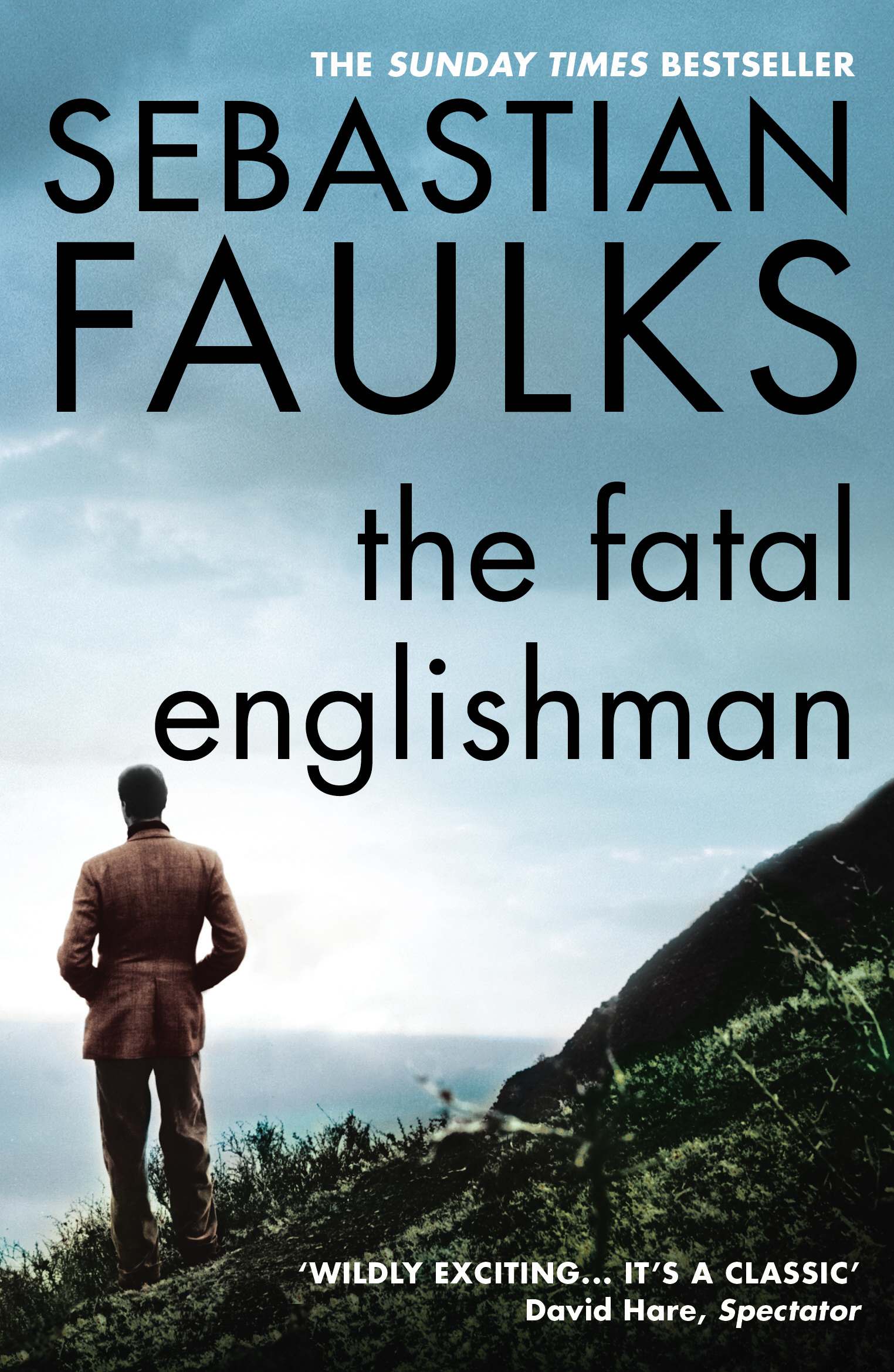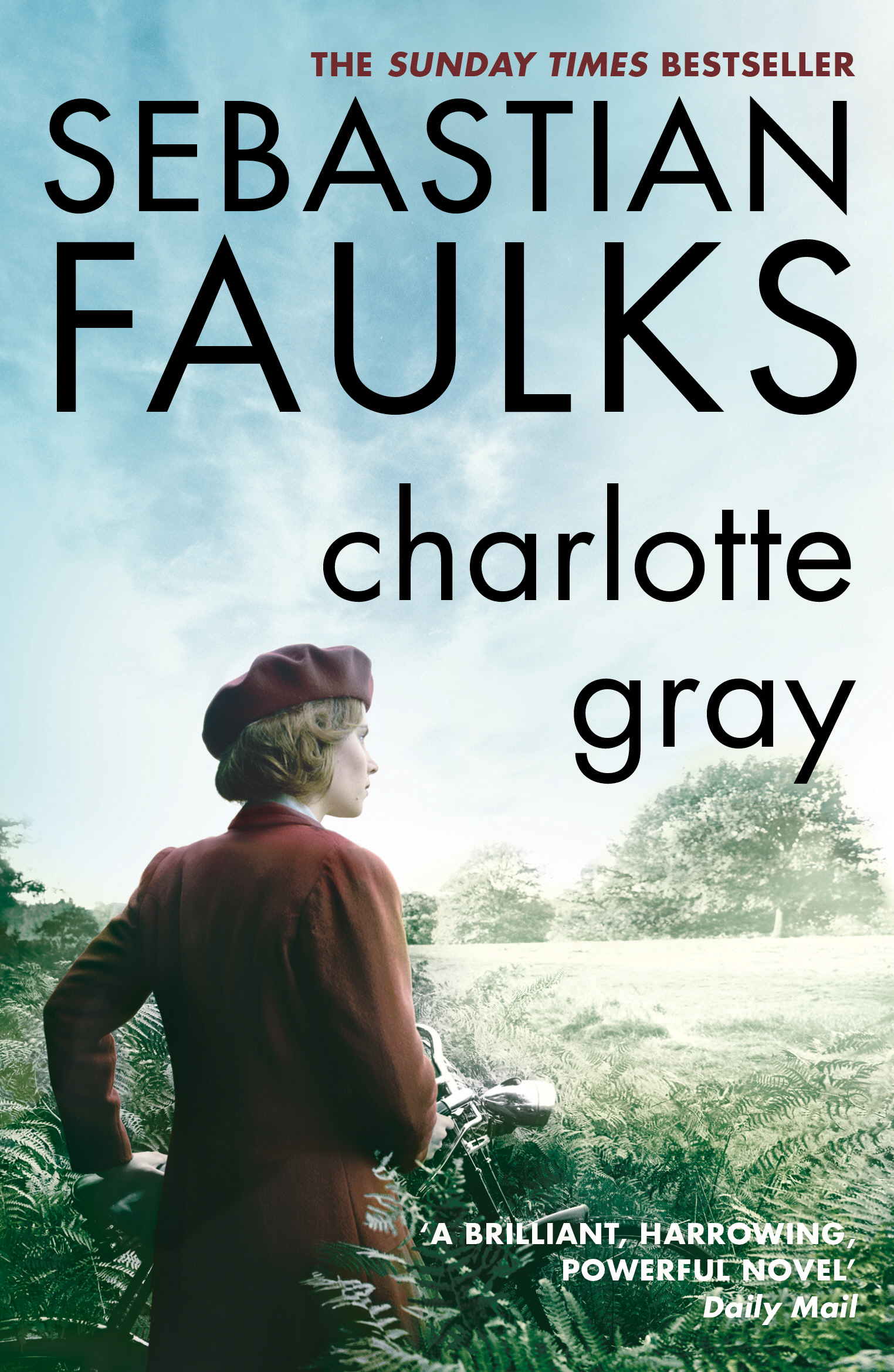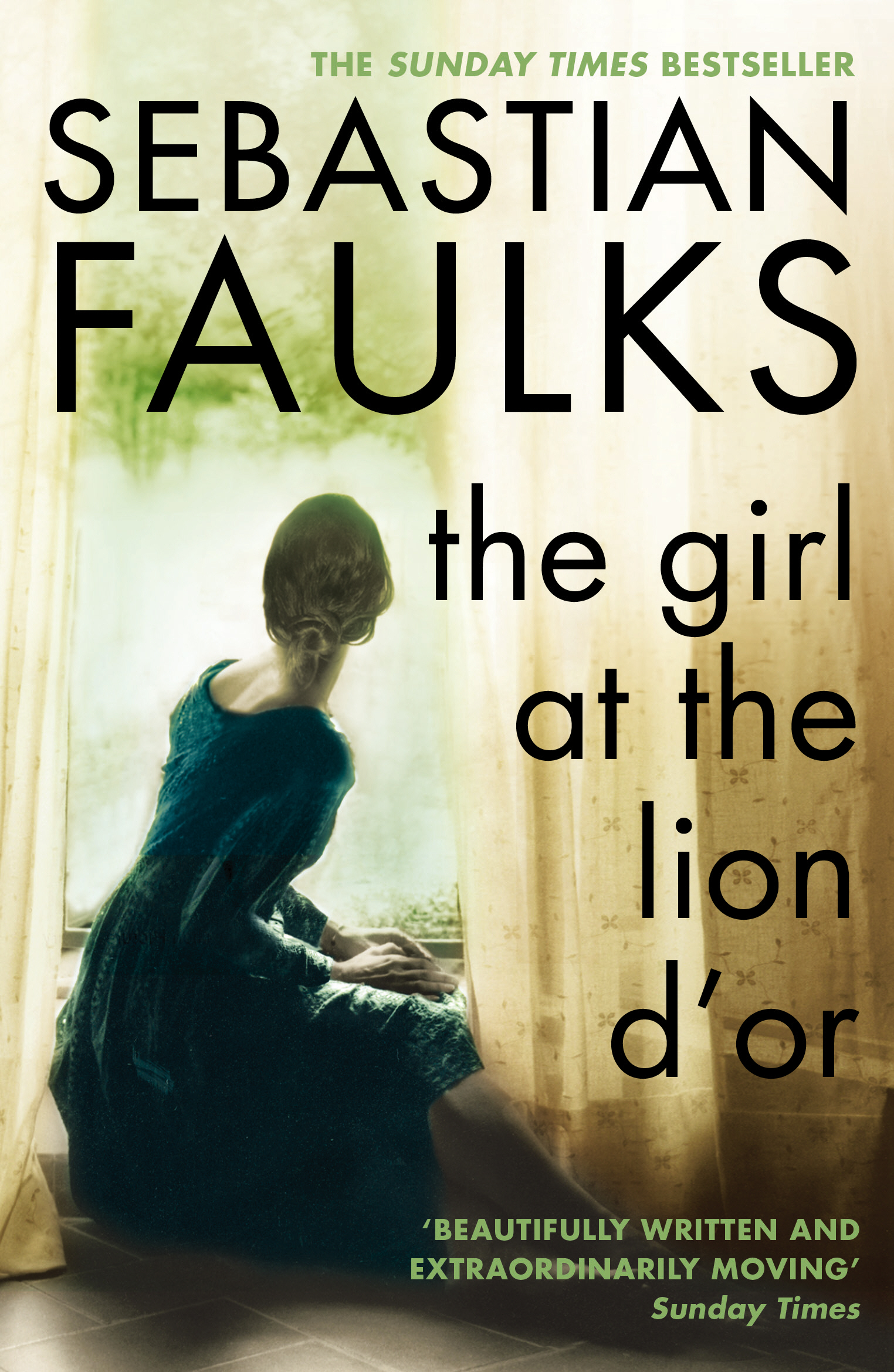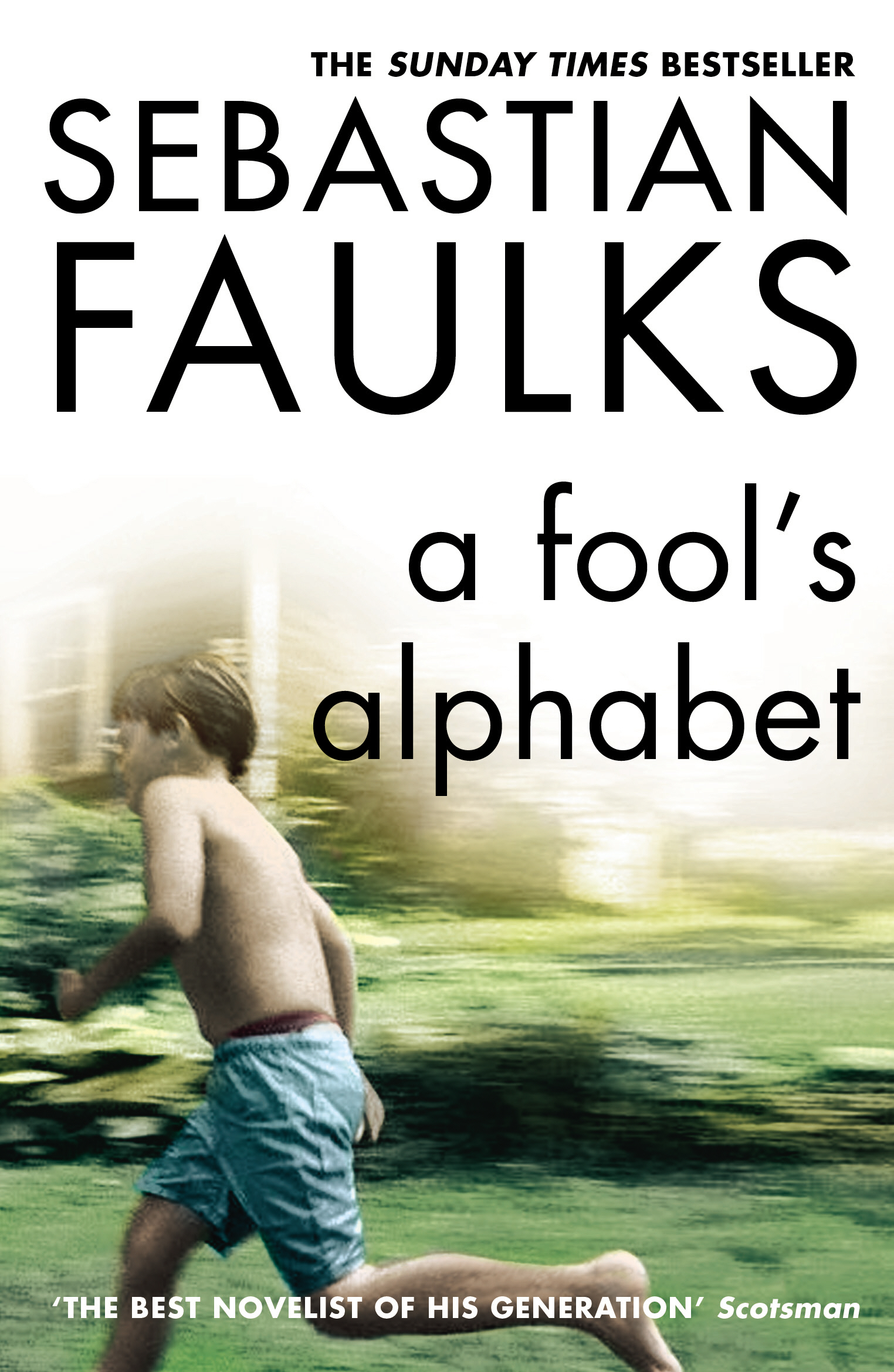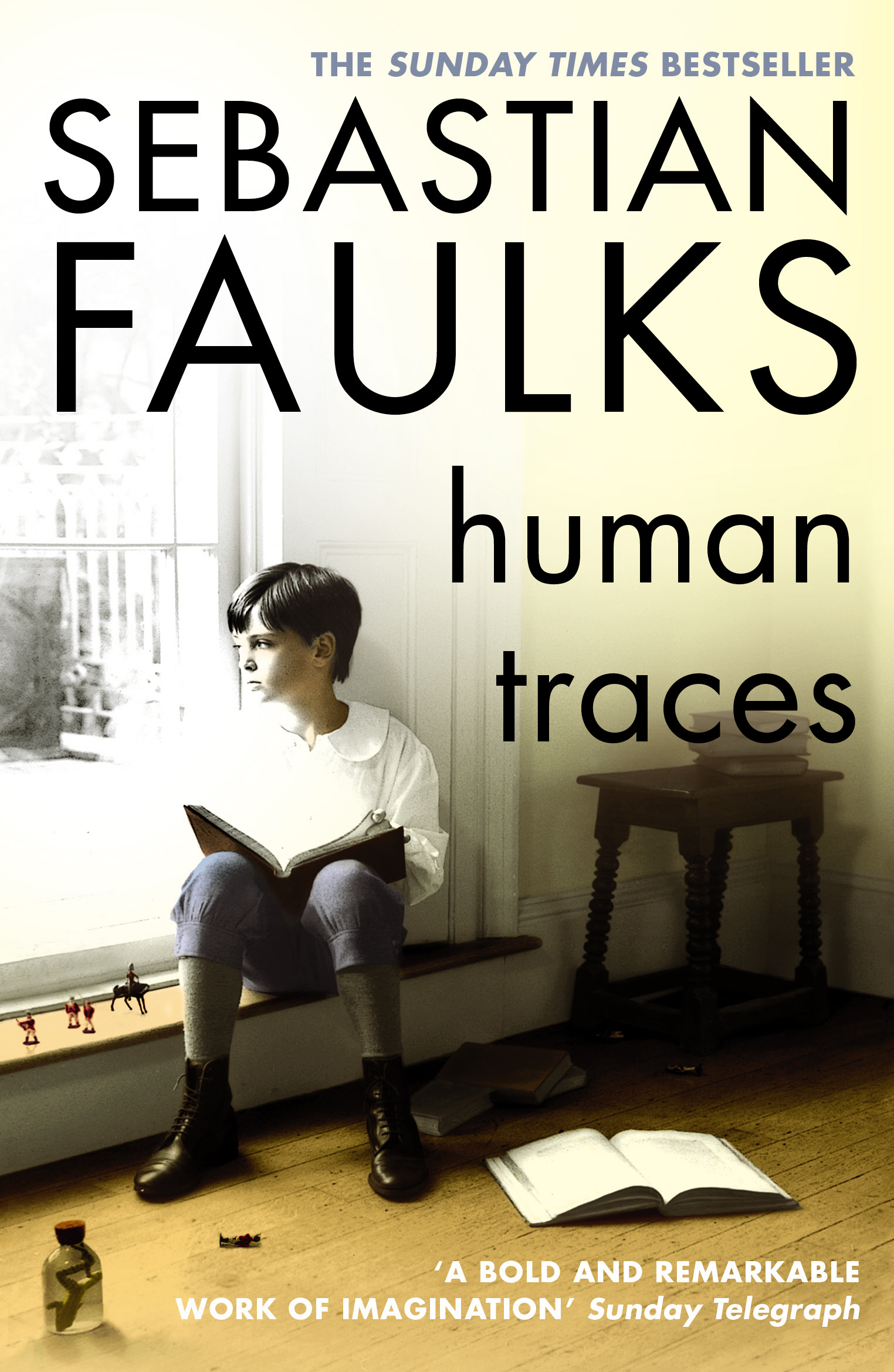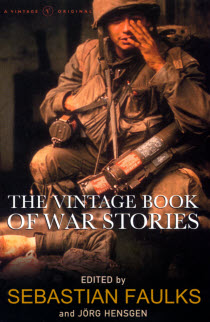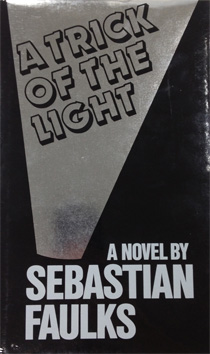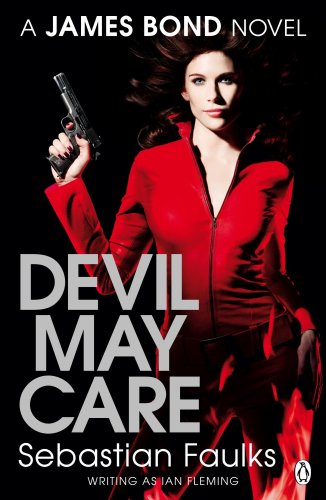The story begins in Amiens, northern France in 1910. A young Englishman, Stephen Wraysford, is on attachment from London, working in the textile industry and lodging with the Azaire family. René Azaire runs a large factory where Stephen works; his second wife Isabelle is a woman of unfulfilled hopes, ill-treated by her husband. In the stultifying atmosphere of their town house, Stephen develops a concealed passion for Isabelle. At first, she resists; but this only intensifies his feeling, which she soon comes to share. They finally come together in a series of frankly described sexual encounters, whose physical detail foreshadows the bodily tests that await both of them in the coming war. Stephen and Isabelle flee together to Provence. She becomes pregnant and, for reasons she does not disclose till later, she leaves him.
The story moves on to Flanders in 1916. Stephen is an infantry officer on the Western Front. He is friendly with an engineer called Michael Weir, whose men dig tunnels under no man’s land to undermine the enemy. The narrative dwells on the lives of both infantrymen and tunnellers, notably Stephen, his commanding officer Captain Gray, Michael Weir, and a tunneller called Jack Firebrace. It gives a minute evocation of the daily life of the soldier, the horrific effects of wounds and gas, but also the intense friendships of men under pressure. In the summer, they move south to the Somme area and in a single arc of narrative the novel gives the whole of the first day of the Battle of the Somme from Stephen’s point of view, from the wait at dawn to the fall of dusk when he lies wounded in a shell hole, among 60,000 British casualties.
Stephen is a man almost broken by love and by war, but while some of his fellow-soldiers are happy to die, unable to comprehend the sights they have seen, Stephen becomes more and more determined to survive. In this, he is encouraged by Captain Gray. Their philosophical exchanges about what they have witnessed are terse, but Stephen gives fuller vent to his feelings in a coded diary, which he keeps in spite of military regulations.
The diary is found by his grand-daughter, Elizabeth Benson, in the 1970’s. With the help of a friend at work, she eventually decodes it and learns that her mother is Stephen and Isabelle’s daughter. Birdsong frequently returns to the pain of parenthood, especially that of those who lost sons on Western Front. ‘It is a book about sons,’ Faulks once said. ‘And the grief of twenty million parents.’ Elizabeth manages to track down Gray, now an old man living in Scotland, and visits a former member of Stephen’s platoon in a Star and Garter home.
Back in 1917, Stephen meets Isabelle again, on leave in Amiens. There is to be no reunion, but he forms a friendship with her sister Jeanne who, like Gray, wills him to carry on. In the autumn of 1918, Stephen is trapped underground when an explosion brings down the roof on a tunnel where he has gone with Jack Firebrace, the miner whom he had once threatened to have court-martialled. Jack dies in his arms, but not before Stephen promises that if he ever has children he will name one of them John, after Jack’s only son, who has died of diphtheria in London. After days underground, Stephen, himself close to death, is rescued by a German search party led by a Jewish doctor looking for his brother. The war is over.
